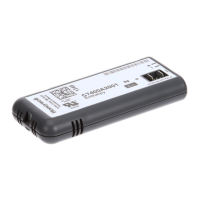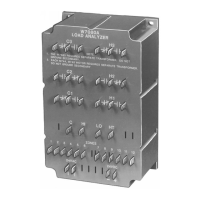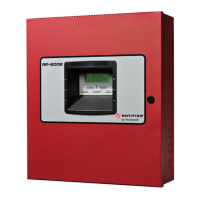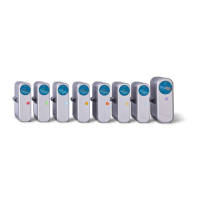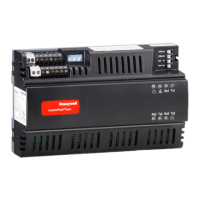Why does my Honeywell Control System panel indicate a ground fault trouble?
- DDonald BuchananAug 7, 2025
The panel may show a ground fault if it detects an unexpected current flow from its terminals to the earth connection. You can isolate the fault by removing wiring connections one at a time, pausing at least five seconds between each removal, until the fault clears. Also, a computer connected via a serial or USB cable can cause this; the message can be ignored and will clear upon disconnection.



